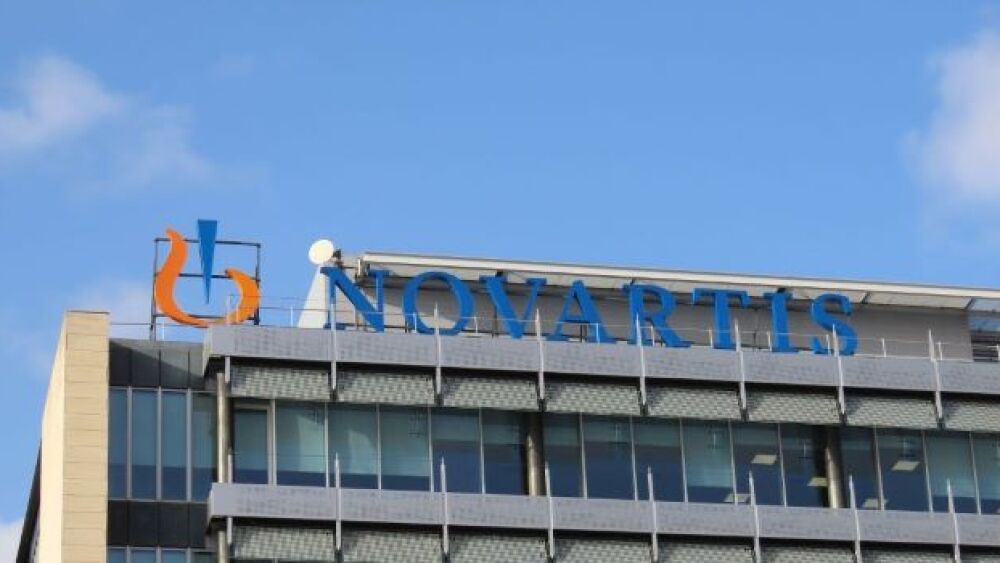Precision BioSciences and Novartis are teaming up to develop a potential cure for hemoglobinopathies such as sickle cell disease and beta-thalassemia.
Courtesy of Cristina Arias/Cover/Getty Images
Precision BioSciences has entered into an exclusive global in vivo gene editing research and development collaboration and license deal with Novartis. The two companies will work to develop a potential cure for hemoglobinopathies such as sickle cell disease and beta-thalassemia.
Precision will develop a custom ARCUS nuclease and run in vitro studies. Novartis will then handle all subsequent research, development, manufacturing and commercialization operations. Novartis picks up an exclusive license to the custom ARCUS nuclease and will pay Precision $75 million upfront. Precision will then be eligible for up to $1.4 billion in potential milestone payments, as well as some research funding and possible tiered royalties from the mid-single digits to low-double digits.
“We are excited to collaborate with Novartis to bring together the precision and versatility of ARCUS genome editing with Novartis’ gene therapy expertise and commitment to developing one-time, potentially transformative treatment for hard-to-treat inherited blood disorders,” Michael Amoroso, chief executive officer at Precision, said in a statement. “This collaboration will build on the unique gene insertion capabilities of ARCUS and illustrates its utility as a premium genome editing platform for potential in vivo drug development. With this Agreement, Precision, either alone or with world-class partners, will have active in vivo gene editing programs for targeted gene insertion and gene deletions in hematopoietic stem cells, liver, muscle and the central nervous system showcasing the distinctive versatility of ARCUS.”
The opportunities for gene therapies for beta-thalassemia and sickle disease are huge, with a few companies on the cusp of approval. Tuesday, CRISPR Therapeutics reported its plans to file a Biologics License Application (BLA) for CTX001, a potential cure for transfusion-dependent beta-thalassemia and severe sickle cell disease. CTX001 (exa-cel) is a CRISPR-Cas9-based gene editing therapy.
Earlier in June, CRISPR and its partner Vertex Pharmaceuticals reported positive data for exa-cel in both indications. In the first, data showed that 42 of 44 TDT patients who received the therapy remained transfusion free for up to 37.2 months. In SCD, all 31 patients were free of recurrent vaso-occlusive crises after treatment, with a duration of up to 32.3 months.
And on June 10, the U.S. Food and Drug Administration’s Cell, Tissue and Gene Therapies Advisory Committee voted positively on bluebird bio’s two lentiviral vectors (LVV) gene therapies for beta-thalassemia and cerebral adrenoleukodystrophy.
For betibeglogene autotemcel (beti-cel) for the treatment of beta-thalassemia, the committee voted 13 to 0 in favor of the therapy. Beti-cel is a one-time gene therapy in beta-thalassemia patients who require regular red blood cell transfusions. Late-stage trials showed that 89% of patients receiving the therapy achieved transfusion independence.
For elivaldogene autotemcel (eli-cel), bluebird’s LVV gene therapy for cerebral adrenoleukodystrophy (CALD), the advisory committee voted 15 to 0 in favor of the treatment. CALD is a serious neurological disorder caused by ABCD1 gene mutations. It is rare, progressive, X-linked, and ultimately fatal. The therapy uses ex vivo transduction with the Lenti-D lentiviral vector to insert functional copies of the ABCD1 gene into a patient’s hematopoietic stem cells.
Derek Jantz, Ph.D., co-founder and chief scientific officer of Precision said, “The in vivo gene editing approach that we are pursuing for sickle cell disease could have a number of significant advantages over other ex vivo gene therapies currently in development. Perhaps most importantly, it could open the door to treating patients in geographies where stem cell transplant is not a realistic option. We believe that the unique characteristics of the ARCUS platform, particularly its ability to target gene insertion with high efficiency, make it the ideal choice for this project, and we look forward to working with our partners at Novartis to bring this novel therapy to patients.”





